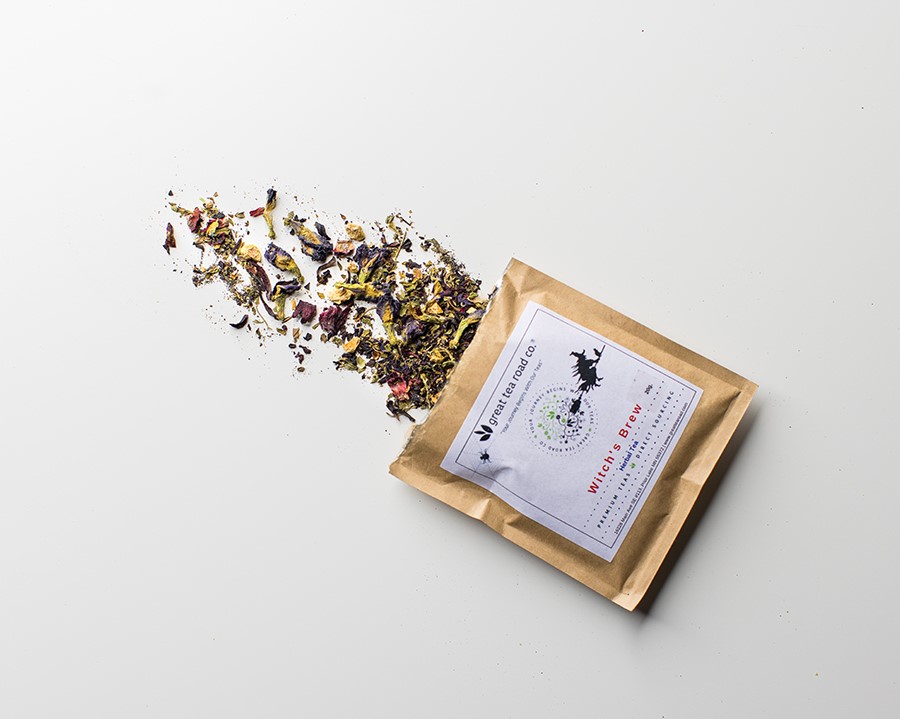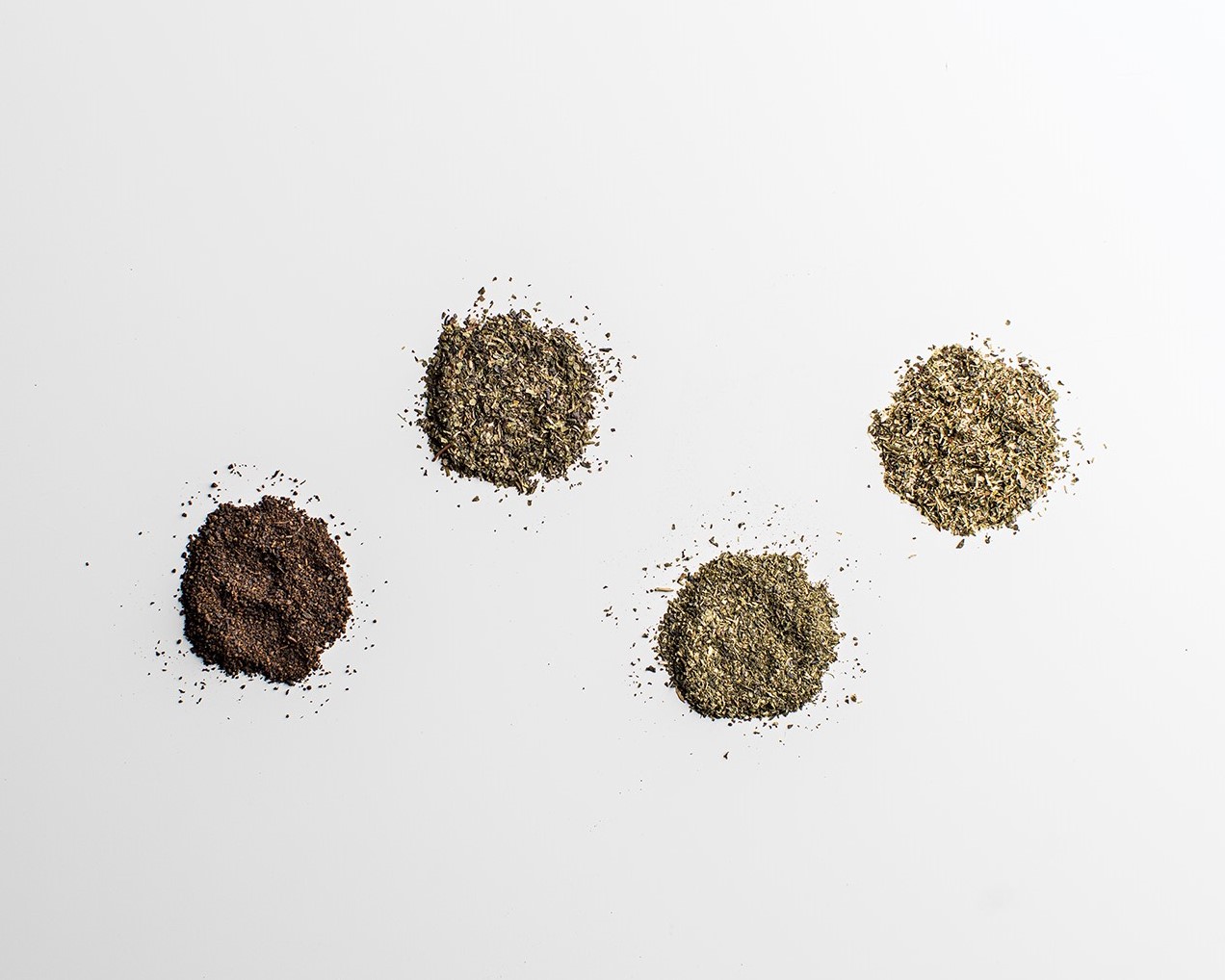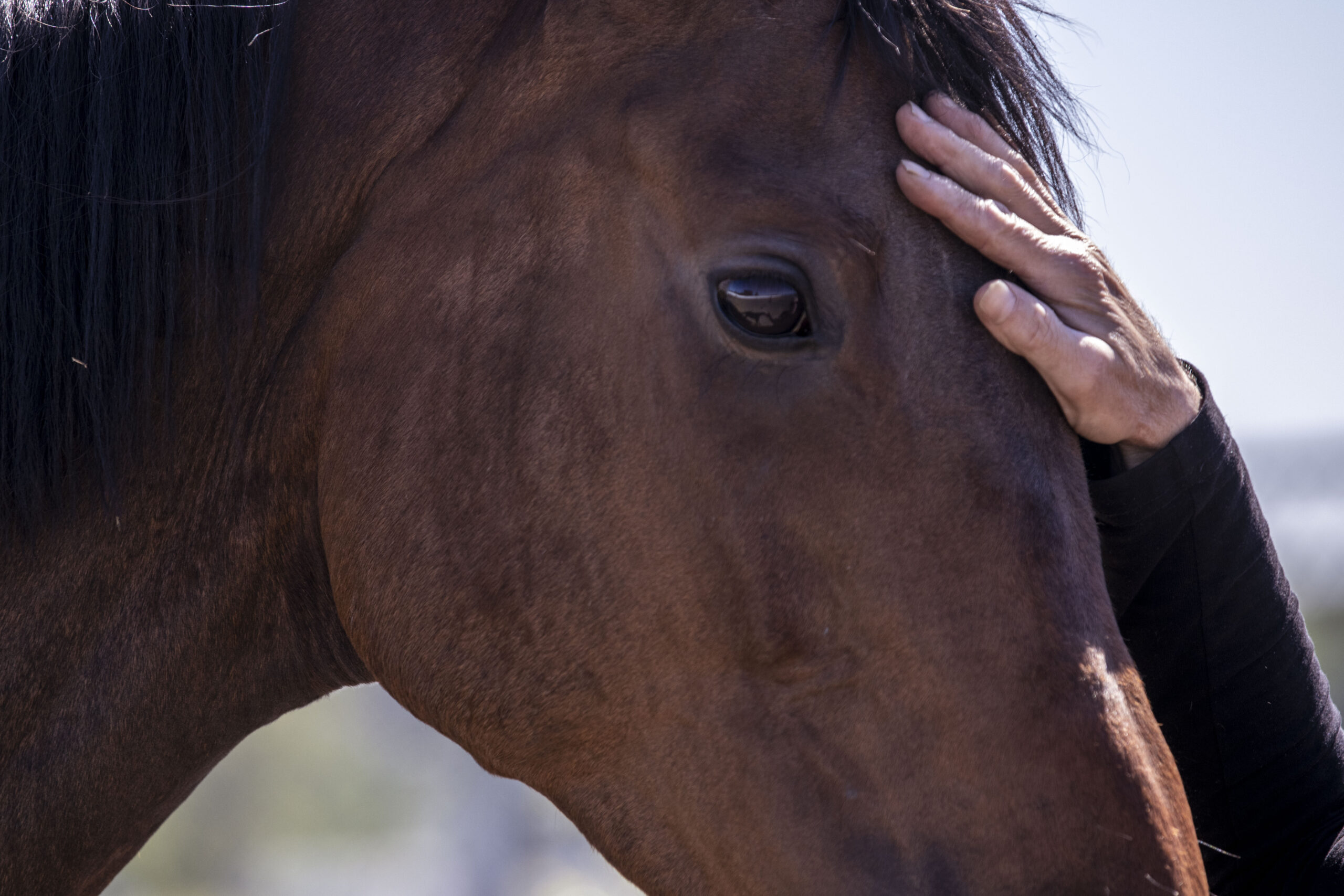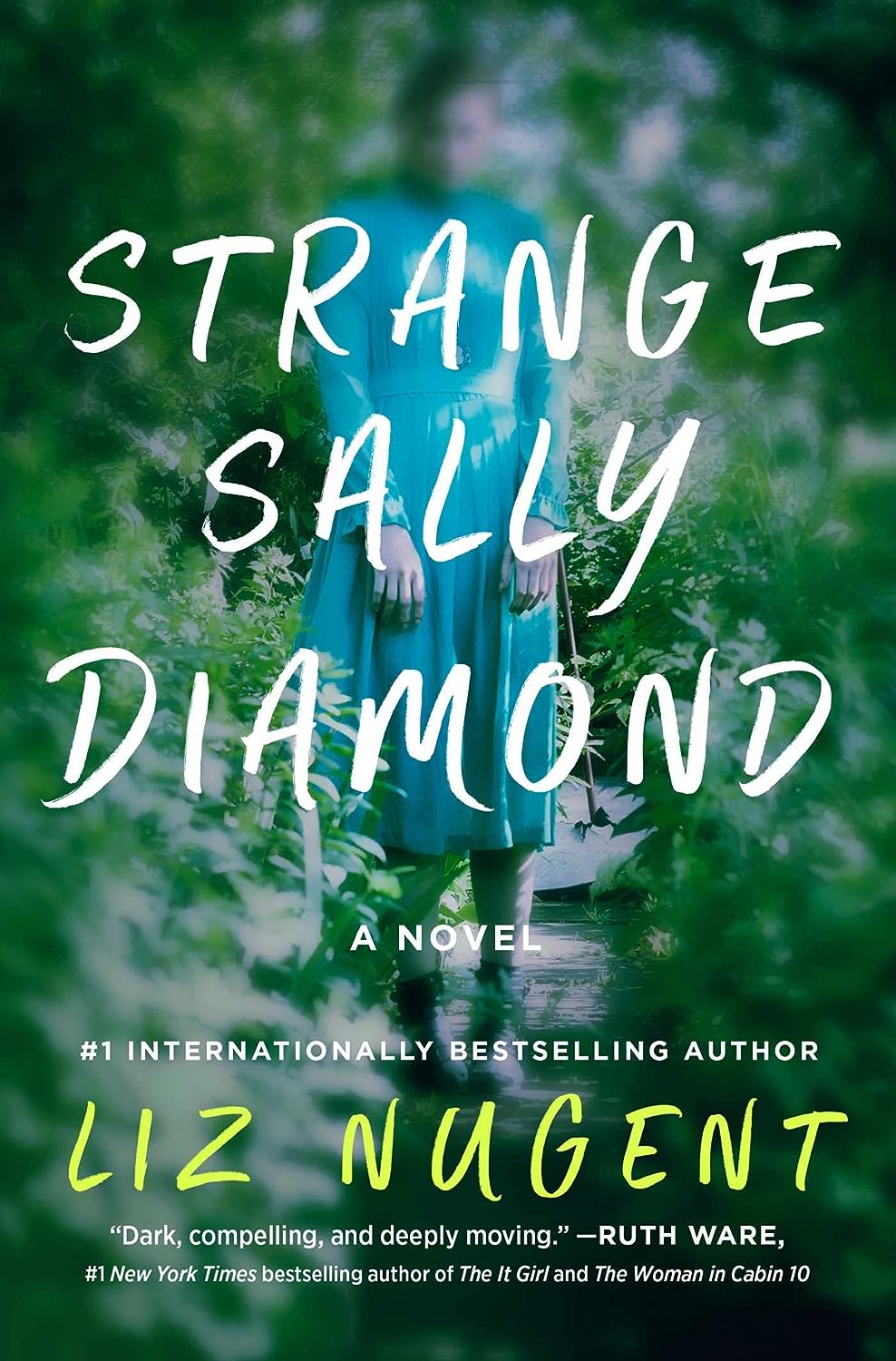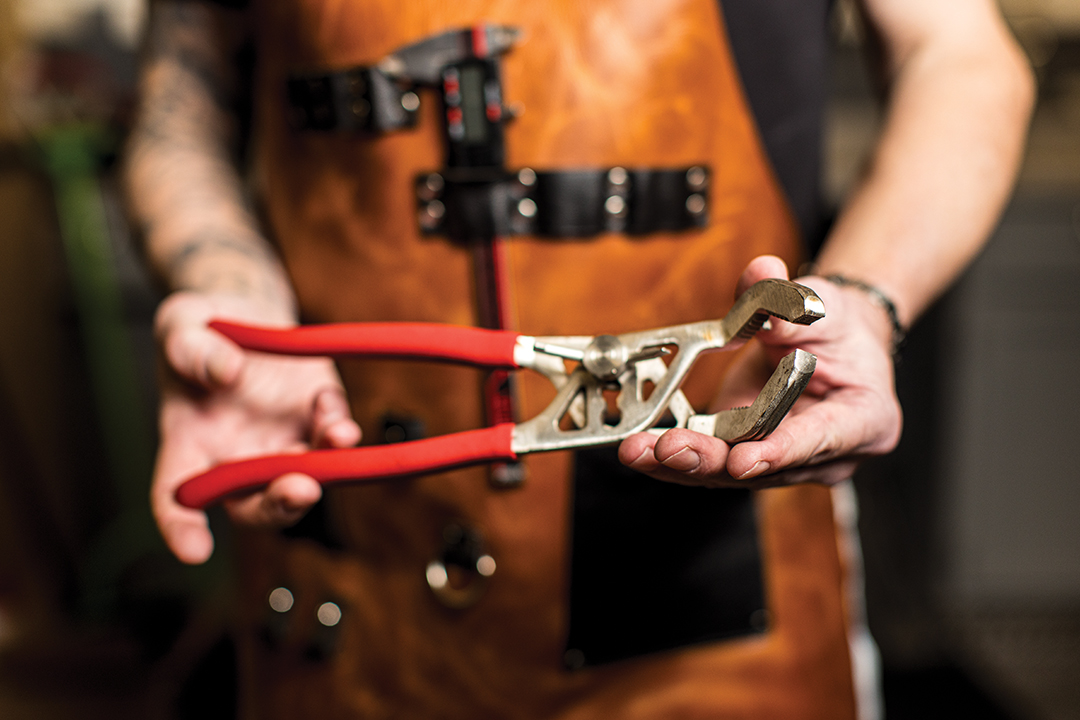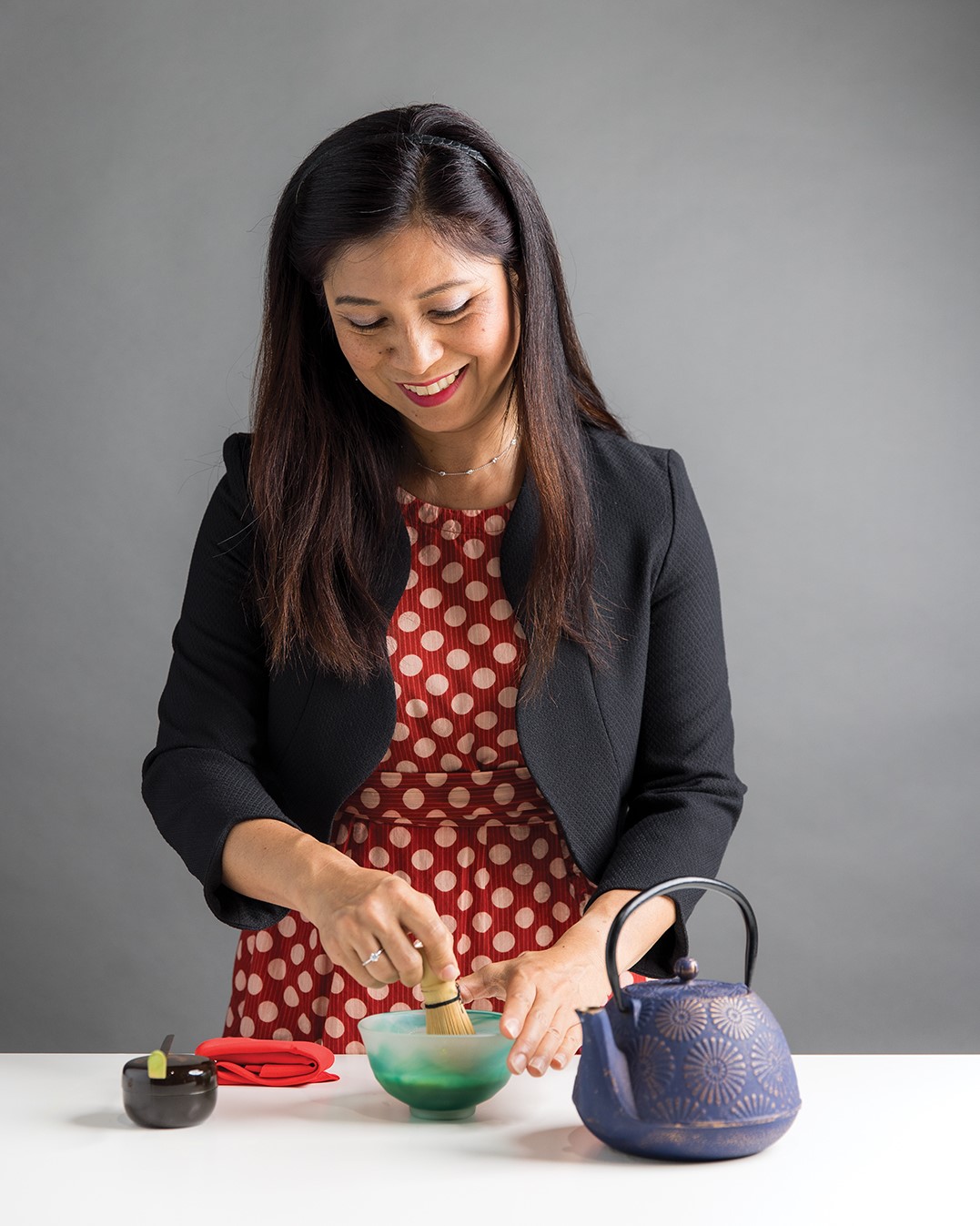
Titima Vangvanitchyakorn. Photos: Chris Emeott
Shop owner brings a taste of her culture to Prior Lake.
At Titima Vangvanitchyakorn’s Prior Lake tea shop, a world of flavors sits in clear glass jars and cute labeled bags. The delightfully color-coded, fragrant rows are ladened with loose leaf teas and blends. Popular flavors like Jasmine Dragon Pearl, Minnesota Chai and White Peach sit among Vangvanitchyakorn’s favorites, Sun Moon Lake Black Tea #18, Long Jing Green Tea and Matcha. An option for every taste.
The shop’s name, Great Tea Road Co., is a callback to the trade route that brought tea from China to Eastern Europe and Russia. The shop has been one of Vangvanitchyakorn’s great successes in a journey—fueled by tea—to bring the flavors and experience of her upbringing to her Midwest community.
Vangvanitchyakorn, who is part Thai, part Chinese, grew up in Thailand, watching her grandfather fill a huge thermos with hot tea every morning. In the summers, they drank herbal chrysanthemum tea to cool down. Jasmine, with its light caffeine amount, was a mainstay.
“Tea was a typical drink in the family,” Vangvanitchyakorn says. “In the meals, we have tea. In the house, we have tea. You can drink tea all day long, and nobody’s going to care … I didn’t grow up with Pepsi or Coke, so tea was another Coke to me.”
At 14, Vangvanitchyakorn came to Washington state as an exchange student, then returned for college in Wisconsin. The culture and ritual of tea in the United States was very different from what she knew before. And when she left a job in accounting to pursue her passion for tea as an adult, she discovered an opportunity to share high-quality tea with her community. Vangvanitchyakorn initially was able to build her tea company through Metro-area farmers markets. About 10 years ago, a friend and fellow small-business owner invited her along to the Minneapolis Farmers Market. Vangvanitchyakorn was worried because she didn’t yet know how to sell. “I went there, and the first day I made $70, and I just went over to every vendor and listened to, ‘How did they talk?’” Vangvanitchyakorn says.
Now, her relationships with her customers are what drive the success of her business. “I think that’s the key. A lot of people come back, and they call me by name … and I enjoy to hear their feedback whether good or bad,” Vangvanitchyakorn says, adding that many of her offerings are influenced by customer feedback. “I think one thing that’s part of being successful in business is you’ve got to learn to listen. Listen and you got to implement, too, and see if it’s going to take you somewhere. You’ve got to take that risk.”
At Great Tea Road Co., visitors are introduced to a variety of organic tea offerings, sourced directly by Vangvanitchyakorn from farms in China, India, Japan and Taiwan. “I went over [to Asia] with the recommendation from my friends and went to visit tea farms. One farm [has led] to the next and the next, and that’s how I decided what farm I want to work with because I’m very picky,” Vangvanitchyakorn says.
Vangvanitchyakorn doesn’t sell a single tea or blend she doesn’t like, and her two teenage children often help her test new varieties. The expansive shop offerings reveal how far Vangvanitchyakorn has come in her business over more than a decade—from a shy, new entrepreneur, launching her business in 2012 with eight types of tea, to a confident tea shop owner and Japanese tea master with international connections. “I think to help other people you have to learn what’s inside you first,” Vangvanitchyakorn says.
Apart from the health benefits of tea—which is said to include increased hydration and antioxidants, among other variety-specific benefits—Vangvanitchyakorn most enjoys that her tea brings joy and connection to her customers. “Any tea is good for you, it just depends on how you like it,” she says. “I always say, ‘Making tea is part art, part science … just make it yours.’”
Tea Ceremony
A decade ago, Vangvanitchyakorn started training to become a Japanese tea master and has since conducted tea ceremonies for private events and at the Como Park Zoo & Conservatory tearoom. In these ceremonies, she discovered the partnership between tea and the ritual, and mindfulness of preparing it. “It’s just kind of kept me happy,” Vangvanitchyakorn says. “I like tea. I like meditation, so this is perfect fit for me. It just gives me time of the day that I have something for myself, for an hour or so.”
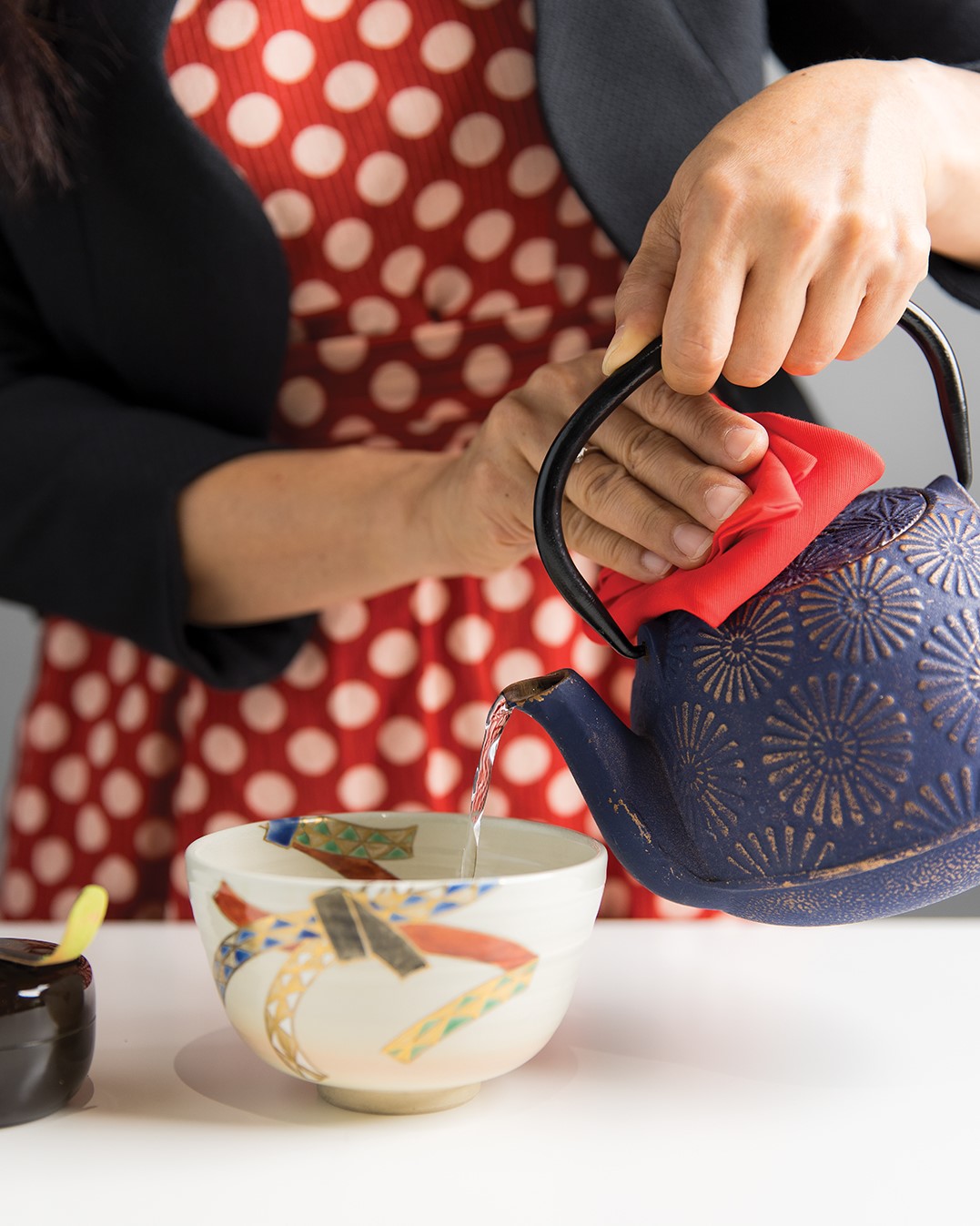
In a traditional tea ceremony, participants enter through a low door to symbolize humility. The host then prepares a thin Daichi No Uta Matcha tea with special equipment, serves it to the guests, then closes the ceremony by reversing the process. “All of this, you have to be mindful and remember every detail of how you do it. You have to meditate, in a way,” Vangvanitchyakorn says.
At home, Vangvanitchyakorn simplifies this process, practicing mindfulness as she prepares her matcha on Sunday mornings. “I have some relaxing time to kind of review for myself and enjoy it,” she says.
The Science of Tea
Tea leaves harvested from a garden and dried in the natural sun become white tea. This variety has the least caffeine and is the least processed; only baby tea leaves are used to make white tea, resulting in a delicate flavor profile. With fruity and floral undertones, it can have a natural sweetness. You’ll often find it paired with flavors like peach, strawberry and blueberry.
Further processing of tea leaves creates green tea. The leaves are lightly pan-fired or steamed to get to this stage, dehydrating the leaves. Leaves are then shaped—into pearls, twigs or even a powder—to achieve different results. The processing of green tea varies depending on where it is made, resulting in varying flavors (e.g. Chinese green teas are more nutty while Japanese green teas taste more herbaceous).
Take the process further (about 50 percent), with an oxidation and fermentation process and you get oolong tea, which sits somewhere between white and black tea in flavor and strength. Oolong teas come only from China and Taiwan and can vary widely depending on the environment the leaves are grown in.
If you process the leaves 75–100 percent in these ways, it will result in black tea or pu-erh tea. Black tea is the most processed type of tea and leaves go through a journey of withering, rolling, oxidation and drying that results in a dark amber to brown color in the cup. High in caffeine, popular black tea blends in the U.S. include chai (spiced with cardamom, pepper, ginger and cinnamon) and Earl Gray (infused with a citrusy bergamot). Pu-erh is a lesser known tea known for its health benefits and is sold as either raw or aged. Aged pu-erh is allowed to sit anywhere from 10–15 years to oxidize and ferment to achieve robust flavor profiles.
Great Tea Road Co.
16228 Main Ave. SE #113, Prior Lake; 612.278.2362
Facebook: Great Tea Road Co.
Instagram: @greattearoad

